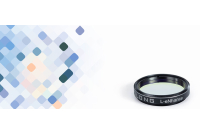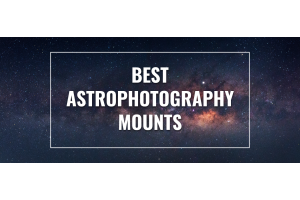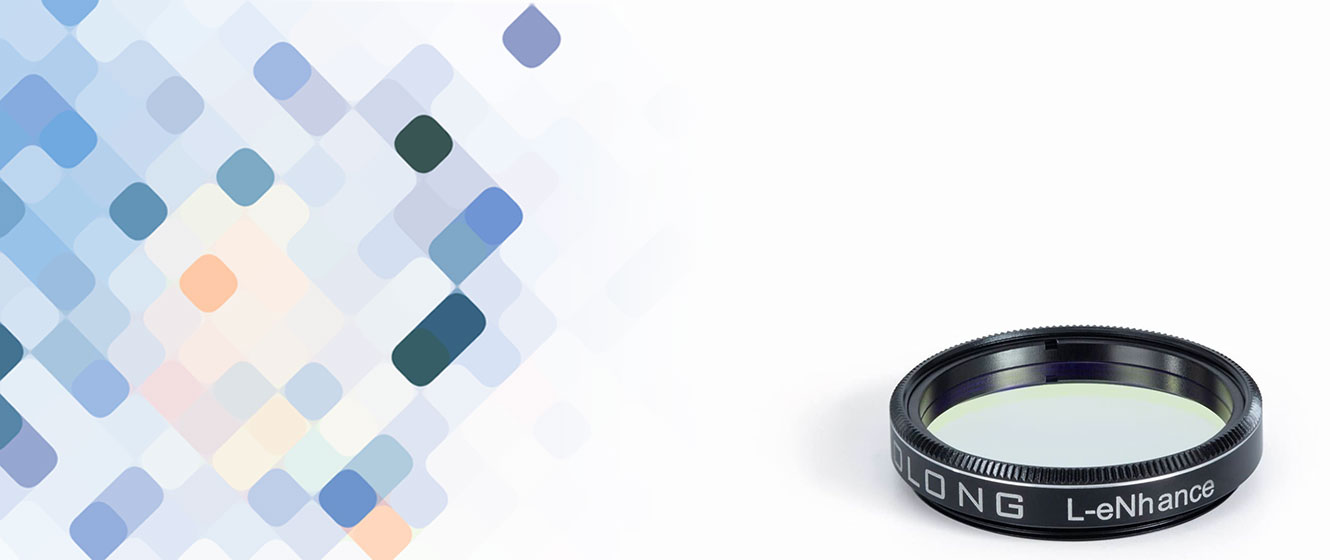
Buying the right filter can completely transform your astrophotography experience. With the right filters, you can take beautiful images of nebulae from the most light-polluted backyards. But there are so many options for astrophotography filters to choose from that it can be overwhelming. Ha filters? Broadband filters? The L-eNhance filter? The L-eXtreme filter? How do you know what filter is the best for you? Let's go over some of the best filters for astrophotography.
Emission and Broadband Objects: What’s the Difference?
This article will talk a lot about ‘emission’ and ‘broadband’ targets in the night sky. Emission objects are usually nebulae with highly ionized gas emitting light across various different wavelengths. The strongest wavelength is usually in the H II region, which has a lot of ionized hydrogen (also known as Hydrogen Alpha, or Ha) and gives the nebula a red color. However, other ionized atoms, such as oxygen and sulfur, can also be found in the nebula (albeit a lower amount). Examples of emission nebula include the Horsehead Nebula, the Rosette Nebula, the Eagle Nebula, and countless more. These emission channels are usually transmitted to your camera sensor through a filter with a bandwidth. The smaller the bandwidth, the better the transmissibility of the signal. For example, a filter with a 7nm bandwidth will be better than a filter with a 12nm bandwidth.
The Horsehead Nebula in the constellation of Orion is an example of a very faint emission nebula.
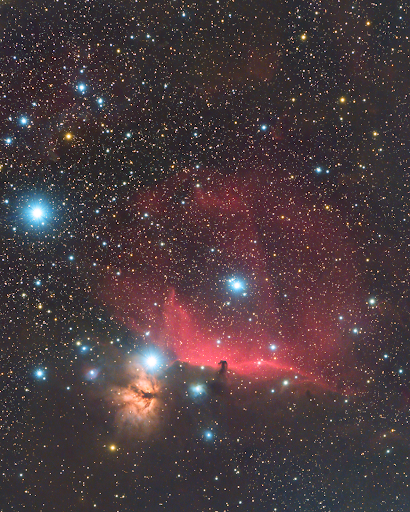
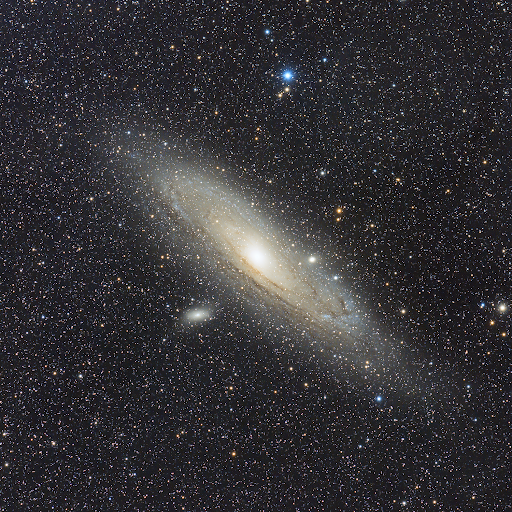
The Andromeda Galaxy is an example of an object that is considered a broadband target.
Broadband objects are different: these are usually objects whose light is emitted across a wider wavelength (thus is broad) and cannot be narrowed down to just a single region. As such, filters designed for broadband objects must capture light across a larger spectrum. Unfortunately, this means that light from LEDs, which is also broadband, is not filtered out as effectively. Broadband objects include all galaxies, stars, and reflection nebulae (such as the Pleiades or the Iris Nebula).
Can I use a narrowband filter on a galaxy?
This question is usually the most frequently asked when it comes to light pollution filters. In short, you cannot use a narrowband filter on a galaxy, stars, star clusters, or any reflection nebula. These filters, such as the Optolong L-eNhance or L-Extreme, are designed to focus on the specific H II region found in emission nebula as mentioned above. Doing so would result in an oddly colored galaxy that is lacking significant detail. Examples of reflection nebulae include the Pleiades, the Iris Nebula, Messier 78, and any galaxy in the sky.
Making Sure Your Filter Is the Right Size
An important detail to consider before purchasing your filter is your camera sensor. If you’re using a modified DSLR, for example, you’re not going to want to use a 1.25” filter, as the filter diameter is smaller than your sensor. This will result in severe vignetting of your image. However, if you are using a smaller sensor camera like the ZWO ASI 183MM/C, QHY183M/C, or ZWO ASI 533 MC, you can get away with using a 1.25” filter. Larger sensors will require a 2” filter. If you have a DSLR, you may also consider using clip-in filters, such as the ones made by Astronomik.
12nm vs 7nm vs 3nm: Understanding Full Width at Half-Maximum (FWHM)
When shopping for a light pollution filter, you’ll often come across the term “12nm FWHM” or similar. This simply refers to the transmissibility of a certain wavelength of light through the filter, or its ‘bandpass’. Generally speaking, the lower the bandpass, the better the transmissibility depending on your optics. However, for those with a modified DSLR or a camera that is not optimized for cooling, you may find that using a 7nm might not have much benefit over a 12nm due to the camera’s limited dark current. Those with a cooled CMOS sensor might prefer a 6nm or 7nm filter as it will feature better transmissibility of a certain wavelength, especially in situations where light pollution is significant. The most narrow bandpass, the 3nm filters, feature the best transmissibility of a certain wavelength.
Best Filters for Color Cameras (DSLRs, OSC Cameras)
Dual Bandpass Filters
If you’re struggling with photographing nebulae in a light-polluted urban or suburban area, then a dual bandpass filter is for you. Dual bandpass filters are filters designed for color cameras. These filters work by restricting light from the sky to two or more specific wavelengths, usually the H-Alpha and the O-III lines. These filters are suited solely for emission nebulae and are not recommended for imaging galaxies or reflection nebulae.
Optolong L-eNhance Dual Band Pass Imaging Filter
- The Optolong L-eNhance blocks light pollution ranging from 300nm to 1000nm, effectively eliminating 99% of the light pollution common in cities. The L-eNhance features a 24nm bandpass enabling more hydrogen alpha, hydrogen beta, and oxygen III to reach your camera’s sensor.
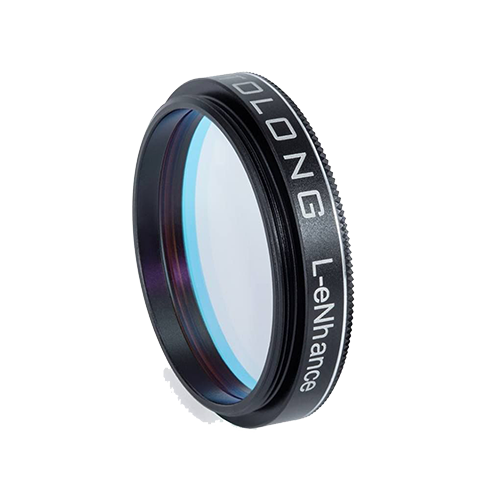
Optolong L-eXtreme Dual Band Pass Imaging Filter
- The Optolong L-eXtreme filter is similar to the L-eNhance, with the biggest difference being that it features a tighter bandpass of 7nm vs the L-eNhance’s 24nm. This enables better transmission of hydrogen alpha and O-III, however, this also excludes hydrogen beta.
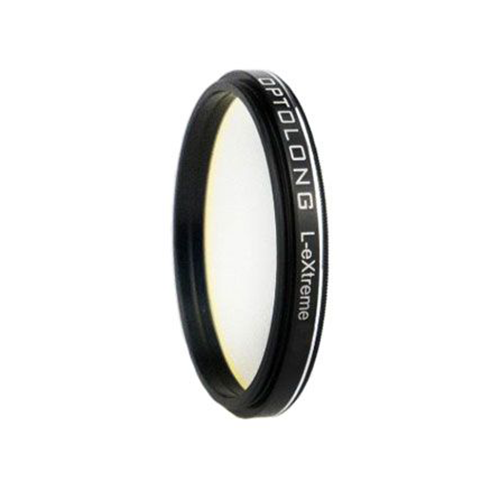
Broadband Filters
For those looking for a light pollution filter that may help image galaxies and other broadband objects, we recommend a broadband (also known as a multi-bandpass) filter. These filters can also be used on emission nebulae, however, the results will not be as noticeable as with a dual bandpass filter. These filters can help suppress light pollution across a broad spectrum by reducing the transmission of light from skyglow or sodium/mercury lamps. As a result, those using these filters will notice increased contrast in their images.
- The Optolong L-Pro filter is one of the most popular broadband light pollution filters on the market. The L-Pro suppresses light pollution at a wavelength of 589nm (Sodium), and 435nm & 578nm (Mercury), commonly found in street lights, while ensuring light from the stars across a broad spectrum (Ha, OIII, SII, and H-Beta) reaches your camera sensor.
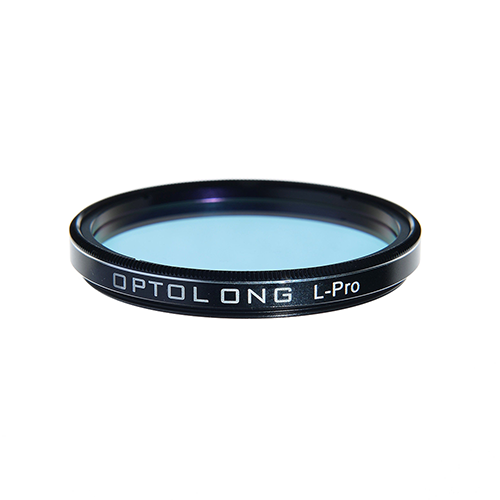
Best Filters for Monochrome Cameras
LRGB Filters
Monochrome cameras feature sensors that are capable of achieving much higher detail and sensitivity than a color camera is capable of doing. However, the drawback here is that monochrome cameras do not have any color data. You will need color filters (RGB, or Red, Green, and Blue) to be able to collect your color data separately. Luminance filters, also known as UV/IR cut filters work by cutting off the spectra of light reaching your sensor so that only visible light passes through. These inexpensive filters can be useful in reducing star bloat if your camera does not already come with an IR/UV cut filter installed.
- Astronomik offers the Astronomik Deep Sky RGB Color Filter Set that allows for high-contrast, high transmission of color data per channel. These filters are available in either the 2” or 1.25” size and feature 95% light transmission.
- ZWO offers the ZWO LRGB Premium Filter Set, again available in either 2” or 1.25” sizes with 92% light transmission.
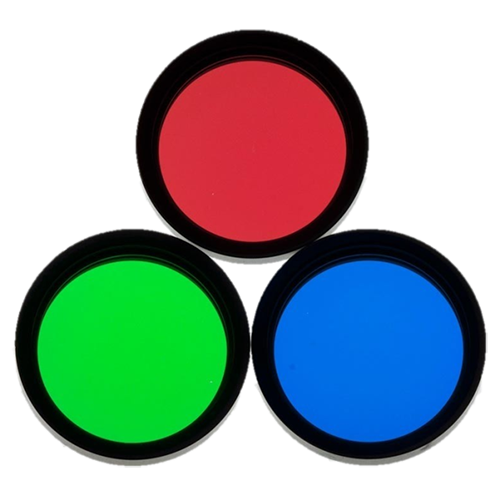
Ha, SII, OIII Filters
Many astrophotographers also use dedicated narrowband filters to capture specific wavelengths of light, usually Ha, SII, and OIII filters within a certain bandwidth. These are known as “HSO” palette images. Some astrophotographers even combine their HSO data with LRGB data taken at a dark sky site to create an even more stunning, higher resolution image.
- Baader offers a CMOS Optimized HSO Filter Set that captures a tight bandwidth of 6.5nm.
- ZWO offers a Narrowband Filter Set with a bandwidth of 7nm.
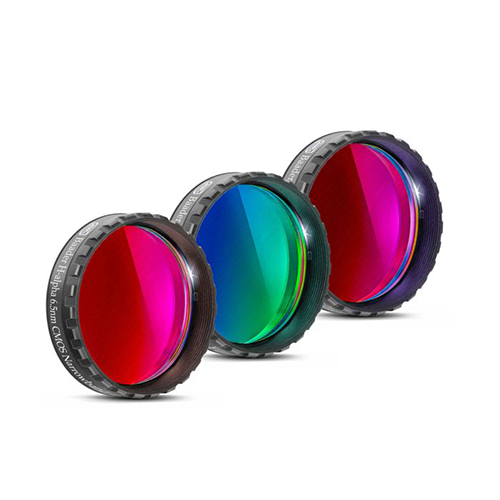
Common Accessories
Filter Wheels
The most common filter accessory is a filter wheel. Filter wheels work by simply placing your filters on a rotating wheel that goes up in front of your filter. Filter wheels can be manual or automatic.
- ZWO offers a 5, 7, or 8 Position Electronic Filter Wheel for filters that can be controlled via a computer with ASCOM. This is fantastic for those using software to control imaging sequences, like NINA, APT, SequenceGeneratorPro, and more.





